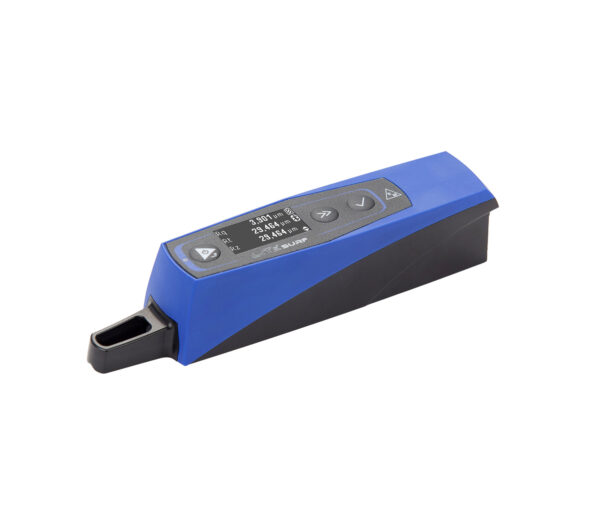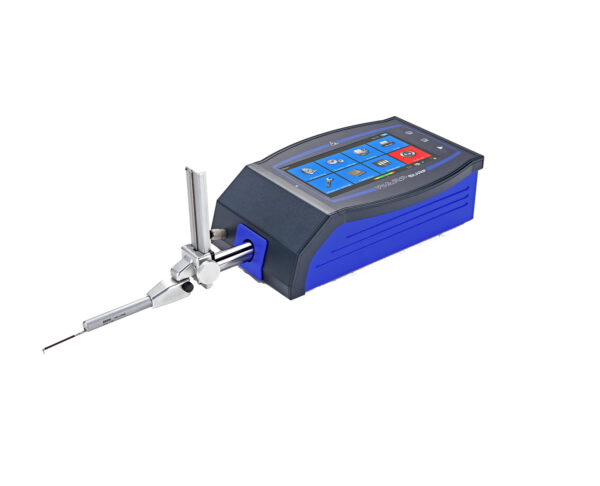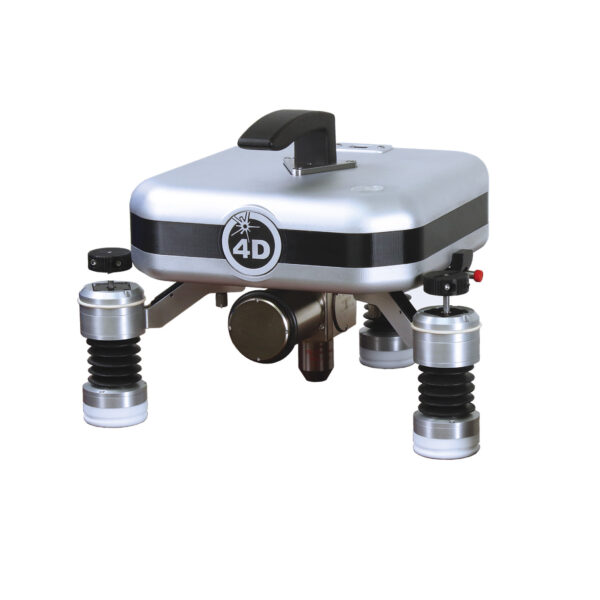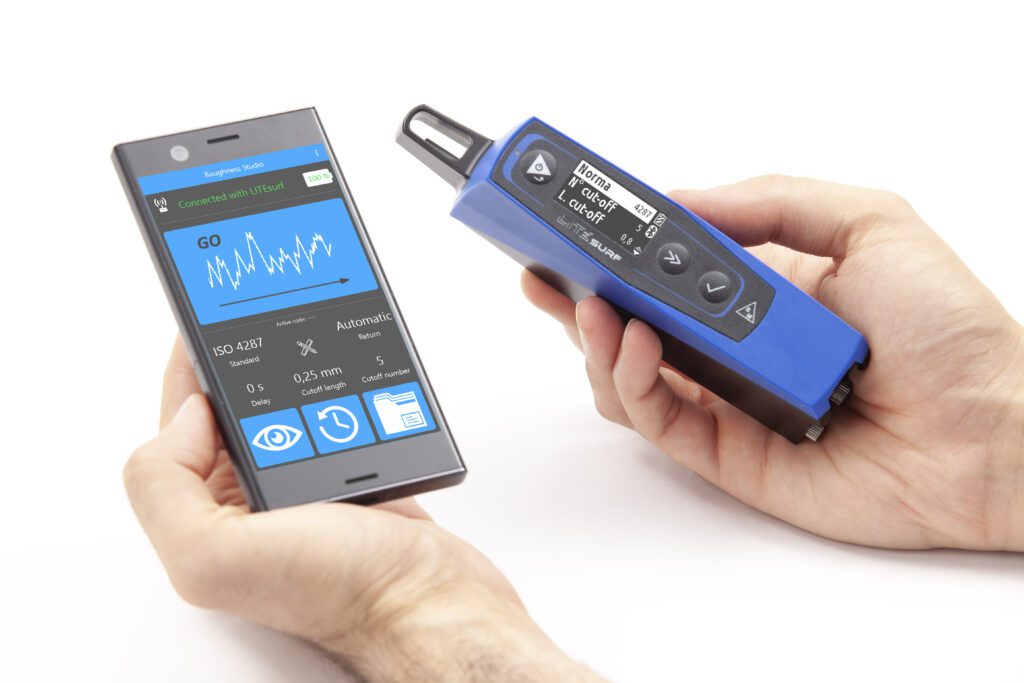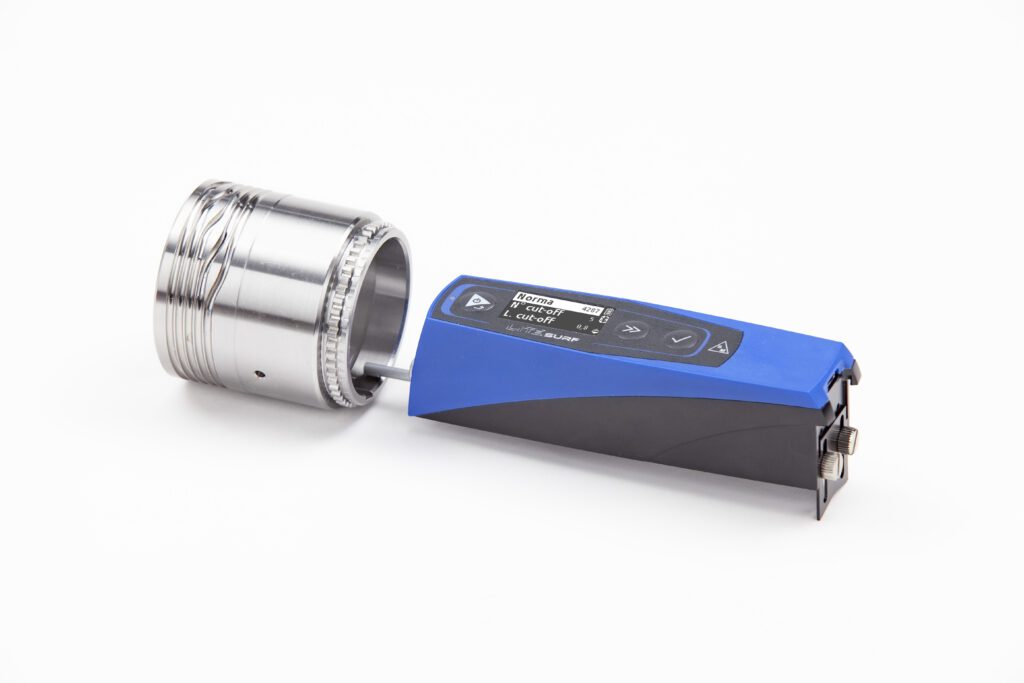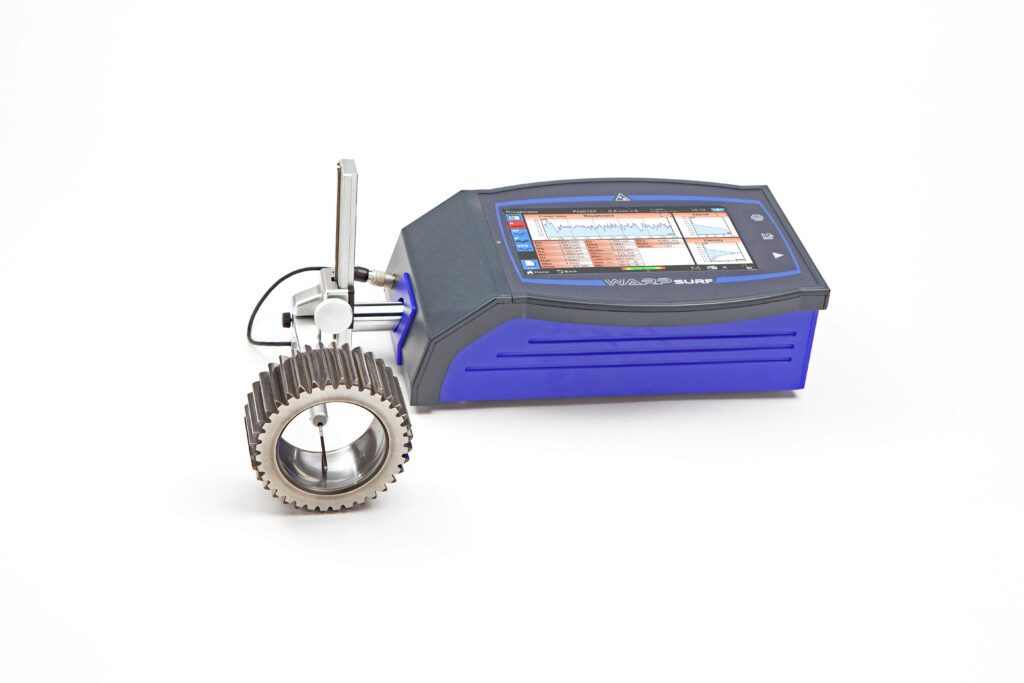roughness measurement
The roughness measurement is a crucial aspect in many industries, from optics and semiconductor manufacturing to the automotive and aerospace industries. It enables the precise determination of surface texture and plays an important role in quality control, materials research and process optimization.
Tactile vs. Optical: Two worlds of roughness measurement
The roughness measurement can basically be done in two ways: tactile and optical.
- Tactile roughness measurement: A stylus is moved over the surface and the vertical deviations are measured. This method is very precise, but only linear, meaning that only a narrow band over the surface is measured and not a larger area. It can also cause damage to sensitive surfaces.
- Optical roughness measurement: This non-contact method uses light (interferometry) to measure the surface topography. It is faster and gentler than tactile measurement, but can reach its limits with very fine structures.
Basics of interferometry and dynamic interferometry
The interferometry is a powerful measuring method based on the superposition (interference) of light waves. In interferometry, two or more light waves are brought together in such a way that they overlap and create a characteristic pattern, the so-called Interference patternThis pattern contains valuable information about the properties of the object being examined, such as surface texture, distances or other optical properties.
The dynamic interferometry is a further development of classical interferometry, which was developed specifically for demanding measurement conditions. It enables the fast and precise measurement of surfaces, even when the measuring object is vibrating or moving. This technology is particularly useful in industrial environments, where measurements often have to be carried out under difficult conditions. A key element of dynamic interferometry is the use of high-speed cameras. These cameras capture the interference pattern in real time, so they can capture even rapid changes in the surface shape. This enables measurements to be taken on moving objects or under the influence of vibrations without anything affecting the accuracy of the results.
In modern manufacturing and quality control, precise measurement of surfaces, as well as roughness measurement play a crucial role. We offer innovative products that can perform linear and optical roughness measurements and set new standards in surface metrology: the NanoCam, the WARPsurf and the LITEsurf
NanoCam mounted on robot for automatic quality control of a mirror
NanoCam: Surface roughness in the nanometer range
The NanoCam is a surface profiler that specializes in measuring surface roughness in the nanometer range. It uses an LED light source and special optics to create a high-resolution profile of the surface. The NanoCam provides quantitative data on roughness parameters according to international standards, enabling an objective assessment of the surface condition. Its areas of application range from the characterization of optical components to the analysis of technical surfaces in the automotive industry.
WARPsurf: All-rounder with intuitive operation
The WARPsurf is a versatile roughness measuring device that can analyze both the roughness and the profile of a surface in a single device. It is characterized by its intuitive operation via a touchscreen and its extensive analysis options. Thanks to its compact design and wireless connectivity, the WARPsurf is ideal for mobile use.
LITEsurf: Flexible measurements in all positions
The LITEsurf is a compact and robust roughness measuring device that was specially developed for use in production. It is characterized by its ease of use and its ability to carry out measurements in different positions. The wireless data transmission enables seamless integration into existing production processes.
Conclusion
Dynamic interferometry has established itself as a powerful method for measuring surface roughness. Devices such as the NanoCam HD, the WARPsurf and the LITEsurf offer tailor-made solutions for different requirements and industries. The choice between linear and optical roughness measurement depends on the specific requirements of the application.

